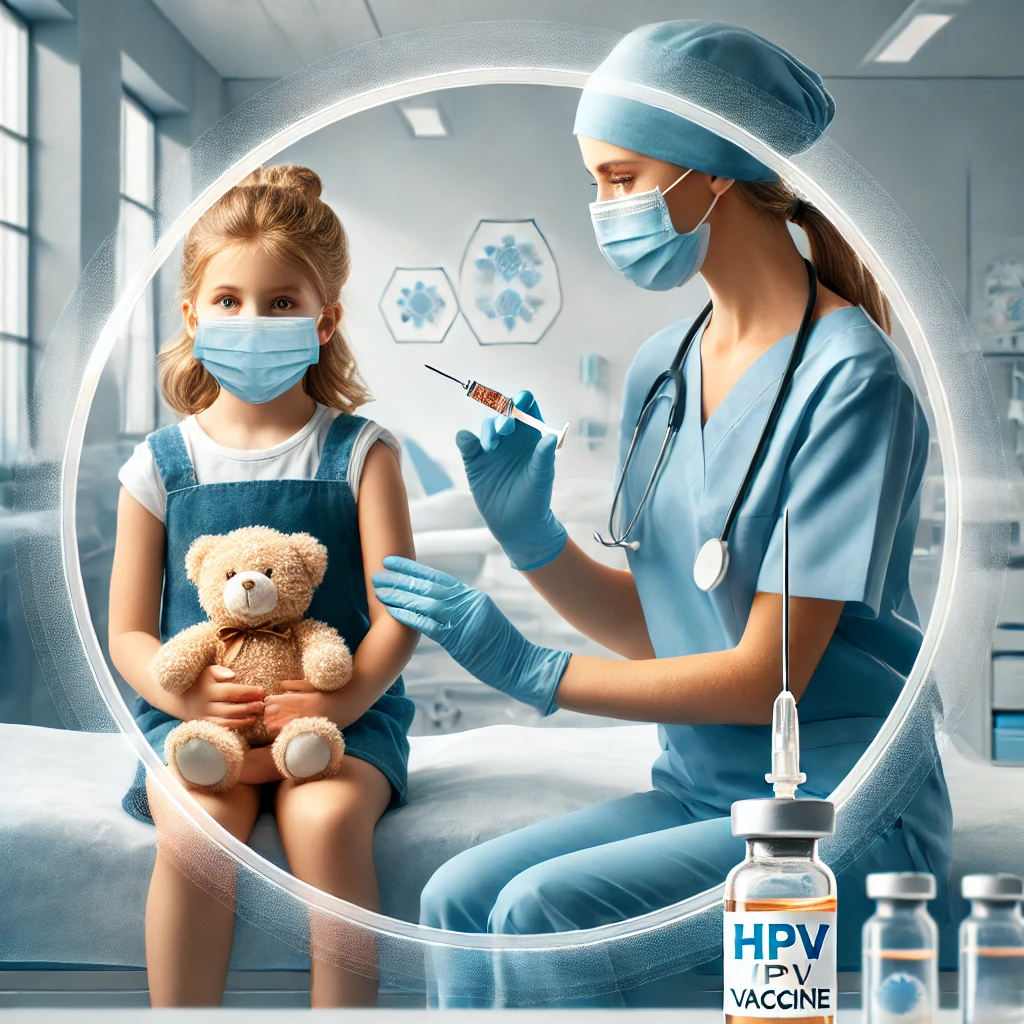Prostate cancer is the second most often diagnosed cancer in men, with an estimated 1,400,000 new cases identified each year. It is the main cause of cancer among males in the United States, accounting for 29 percent of cancer cases. According to recent data from 25 population-based Indian cancer registries, the incidence of prostate cancer is on the rise. This is consistent with the country’s recent broad adoption of prostate-specific antigen (PSA) screening. Indian men with higher blood PSA levels (>10 ng/ml) than their Western counterparts are diagnosed with prostate cancer. They also had a higher Gleason score (7) at the time of diagnosis.
Many occurrences of prostate cancer go undetected because of a lack of screening. Prostate cancer survival is related to many factors, especially the extent of tumour at the time of diagnosis. Males with cancer restricted to the prostate (localised) or with regional dissemination have a five-year relative survival rate of 100%, compared to 31% for those with distant metastases.
The type and stage of cancer, potential side effects, and the patient’s preferences and general health all influence treatment options and recommendations.
When you and your doctors collaborate to determine therapies that meet the goals of your care, this is referred to as shared decision-making. Because there are several treatment choices for prostate cancer, shared decision-making is very vital.
Local treatments
Cancer is eradicated from a specific, confined area of the body using local therapy. Such treatments include surgery and radiation therapy. Local therapy for early-stage prostate cancer may entirely eliminate the cancer. If the cancer has gone beyond the prostate gland, further treatments (such as drugs) may be required to eradicate cancer cells in other regions of the body.
Surgery
During an operation, the prostate and several surrounding lymph nodes are removed. For prostate cancer, a urologic oncologist is the surgical oncologist involved in treatment. The type of surgery is determined by the disease’s stage, the patient’s general condition, and other considerations.
Radical (open) prostatectomy
The surgical removal of the whole prostate as well as the seminal vesicles is known as a radical prostatectomy. Lymph nodes in the pelvic area are also be removed. This procedure has the potential to affect sexual function. When feasible, nerve-sparing surgery enhances the likelihood that the patient will be able to preserve sexual function following surgery by avoiding surgical injury to the nerves that allow erections and orgasm to occur. Temporary Urinary incontinence is also a possible side effect of radical prostatectomy.
Robotic Radical prostatectomy
This type of surgery is less invasive than a open radical prostatectomy and may shorten recovery time. Through small keyhole incisions, a camera and instruments are inserted into the patient’s abdomen. The surgeon then directs the robotic instruments to remove the prostate gland. In general, robotic prostatectomy generates less bleeding and discomfort than open prostatectomy, but the sexual and urinary side effects are similar. Talk with your doctor about whether your treatment centre offers this procedure and how it compares with the results of the radical (open) prostatectomy.
Transurethral resection of the prostate (TURP)
TURP is often done to relieve the symptoms of a urinary blockage rather than to treat prostate cancer. A surgeon puts a tiny tube with cutting tools called a cystoscope into the patient while the patient is under total anaesthesia, which is a drug that blocks pain feeling and the urethra, and then into the prostate to remove prostate tissue to create a channel for urine to pass through freely.
Radiation therapy
Radiation therapy is the use of high-energy rays to destroy cancer cells
Side effects of radiation therapy
Radiation therapy may cause side effects during treatment, including increased urge to urinate or frequency of urination; problems with sexual function; problems with bowel function, including diarrhoea, rectal discomfort, or rectal bleeding; and fatigue.
Androgen-deprivation therapy (hormonal therapy)
Because prostate cancer is driven by male sex hormones known as androgens, reducing levels of these hormones can help limit the disease’s development. The most common androgen is testosterone. Androgen-deprivation therapy (ADT), also known as hormonal therapy, is used to reduce testosterone levels in the body, either by medically removing the testicles (surgical castration) or by taking medications that inhibit testicular function (medical castration). It is less crucial whatever hormonal treatment is employed than the fundamental objective of reducing testosterone levels.
ADT is used to treat prostate cancer in a variety of settings, including localised, locally progressed, and metastatic prostate cancer, as well as increasing PSA levels following localised prostate cancer surgery and/or radiation therapy.
Side effects of hormonal therapy
Except for patients who have undergone an orchiectomy, these therapies will induce side effects that will normally go away when the therapy is completed. General side effects include:
- Erectile dysfunction
- Loss of sexual desire
- Hot flashes with sweating
- Gynecomastia, which is the abnormal development of breast tissue that can cause pain.
- Depression
- Cognitive dysfunction and memory loss
- Heart problems and heart disease
- Weight gain
- Loss of muscle mass
- Osteopenia or osteoporosis, which is thinning of bones
Treatment by stage of prostate cancer
Treatment may differ depending on the stage of prostate cancer. Based on your individual diagnosis and requirements, your doctor will collaborate with you to establish a treatment plan.
Early-stage prostate cancer (stages I and II)
Early-stage prostate cancer usually grows very slowly. Surgery or Radiation therapy (external-beam or brachytherapy) are suggested.. For those with a higher Gleason score, the cancer may be faster growing, so radical prostatectomy and radiation therapy are often recommended. Before prescribing a treatment plan, your doctor will examine your age and overall health.
Patients with high-risk early-stage prostate cancer that has not spread to other areas of the body, according to ASCO, the American Urological Association, the American Society of Radiation Oncology, and the Society of Urologic Oncology, should receive radical prostatectomy or radiation therapy with ADT as standard treatment options.
Locally advanced prostate cancer (stage III)
Locally advanced prostate cancer may be treated with surgery alone or external-beam radiation therapy and concurrent ADT. It is usually assumed that at least 24 months of ADT are required to manage the illness, however 18 months may be sufficient. For those who have a radical prostatectomy, radiation therapy may be needed after the surgery. Adjuvant or salvage radiation treatment is used in this situation. It is a standard of care for prostate cancer with extra prostatic extension, which is when the tumour has spread to nearby areas outside the prostate gland.
Those at high risk of bone fractures may be given a bone-modifying medicine as part of an osteoporosis therapy regimen (see “Bone-modifying drugs” above).
For elderly persons who are not anticipated to live for a long time and whose cancer is not causing symptoms, or for those who have another, more serious condition, watchful waiting may be considered.
Advanced prostate cancer (stage IV)
Doctors refer to cancer that has spread to another place of the body from where it began as metastatic cancer. High-risk or locally advanced prostate tumours are more likely to spread to other organs.
Although there is no cure for metastatic prostate cancer, it is generally curable for a long period. Even individuals with advanced prostate cancer survive many of those around them. Prostate cancer frequently develops slowly, and there are currently excellent therapeutic alternatives that can extend life even more. In this sense, it’s similar to having a chronic condition like heart disease or diabetes, which needs continual therapy to reduce symptoms and preserve well-being.
Supportive, or palliative, care to alleviate symptoms and side effects is an important element of advanced prostate cancer treatment. Supportive care options include:
- TURP to treat symptoms such as bleeding or urinary blockage (see “Surgery” for further information).
- Bone-modifying medications may be used to strengthen bones, lower the risk of bone fractures, and minimise the risk of skeletal-related events in patients with prostate cancer that has progressed to the bone (see “Bone-modifying drugs” for more information).
- Radium-223, strontium, and samarium intravenous radiation treatment can also help reduce bone pain (see “Radiation therapy”).
- When drugs do not relieve bone pain, palliative radiation treatment to particular bone regions might be used.
Uro Oncologist and Robotic Surgeon
Mahatma Gandhi Cancer Hospital and Research Institute, Visakhapatnam














